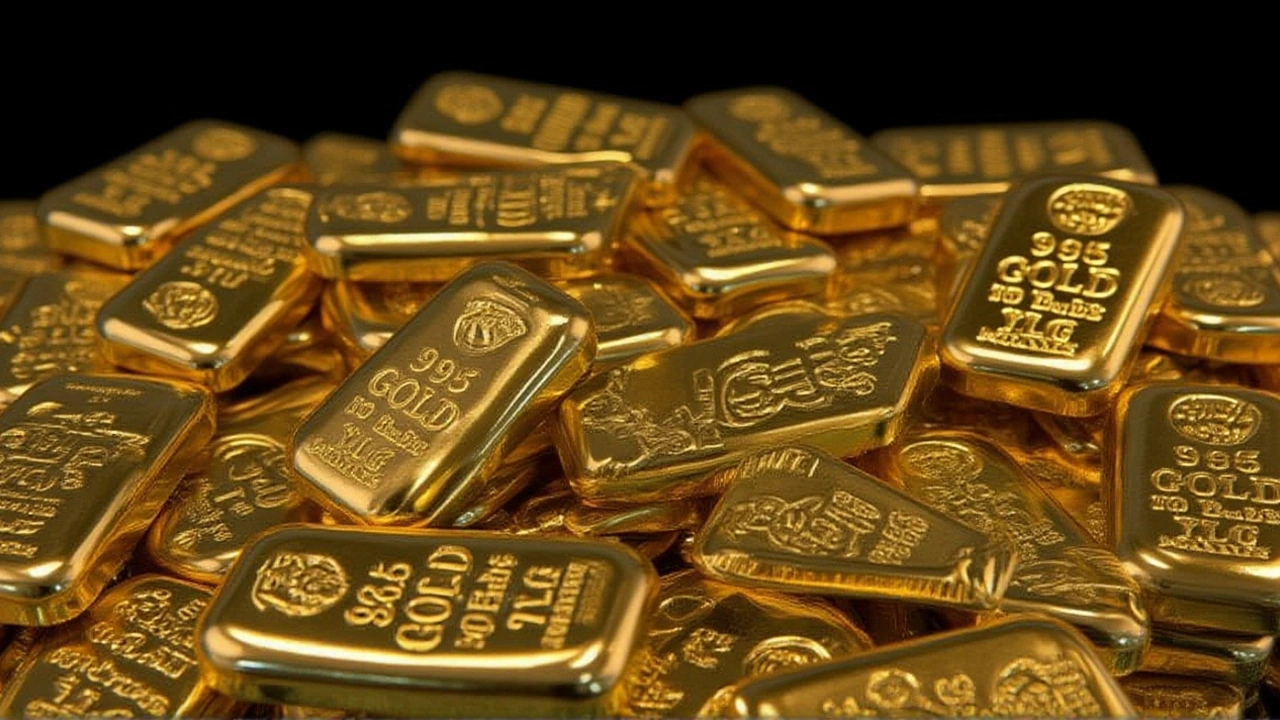Diwali Demand – What Drives the Festival Buying Surge?
When we talk about Diwali demand, the massive spike in buying activity that hits India every year around the Diwali festival. Also known as festival buying spike, it shapes how retailers plan inventory, set prices, and launch marketing campaigns. Diwali demand isn’t just a seasonal bump; it’s a strategic moment that can make or break a brand’s yearly performance.
Consumer Demand and Retail Sales Get a Holiday Boost
The first engine behind the surge is consumer demand, the heightened willingness of shoppers to spend on gifts, sweets, electronics, and home décor during the festive period. This demand translates directly into higher retail sales, the total revenue generated by brick‑and‑mortar stores and online shops during Diwali. Retailers track year‑over‑year growth rates, often seeing double‑digit percentage gains compared to ordinary months. The result? Bigger stock orders, extended store hours, and aggressive discounting to capture the rush.
Another crucial piece of the puzzle is the role of e‑commerce platforms, online marketplaces that let shoppers browse and buy from the comfort of their homes, especially during the busy holiday week. These platforms amplify Diwali demand by offering flash sales, easy EMI options, and doorstep delivery. For many brands, online channels become the primary sales driver, pushing traditional retailers to adopt omnichannel strategies that blend physical presence with digital convenience.
With demand skyrocketing, supply chain logistics, the network of manufacturers, distributors, and transport providers that move products from factory floor to shopper’s hands face their toughest test. Timely restocking, warehouse efficiency, and last‑mile delivery speed are all under pressure. Companies that invest in real‑time inventory tracking and flexible freight contracts tend to avoid stock‑outs and keep customer satisfaction high during the peak period.
All of these forces play out in the broader Indian market trends, the macro‑economic and cultural patterns that influence buying behavior across different regions and income groups. For example, urban millennials lean heavily toward electronics and fashion, while semi‑urban families prioritize sweets and home décor. Understanding these nuances helps brands tailor promotions, select product mixes, and set price points that resonate with each segment.
What you’ll see next is a curated set of articles that dive deeper into each of these angles – from real‑world case studies on how retailers handled the 2023 Diwali rush, to tips on optimizing e‑commerce checkout for festive traffic, and best practices for keeping your supply chain nimble. Browse the collection below to get actionable insights that can turn the Diwali demand surge into a sustainable growth opportunity for your business.
Patna Gold Prices Dip Ahead of Diwali as 24K Falls to ₹134,154 per 10g
Patna's 24K gold slipped to ₹134,154 per 10 g on Oct 18, 2025, ahead of Diwali. Global market jitters and local demand drive volatility.
